A new mine could position Quebec as a lithium leader, but its rocky past worries locals
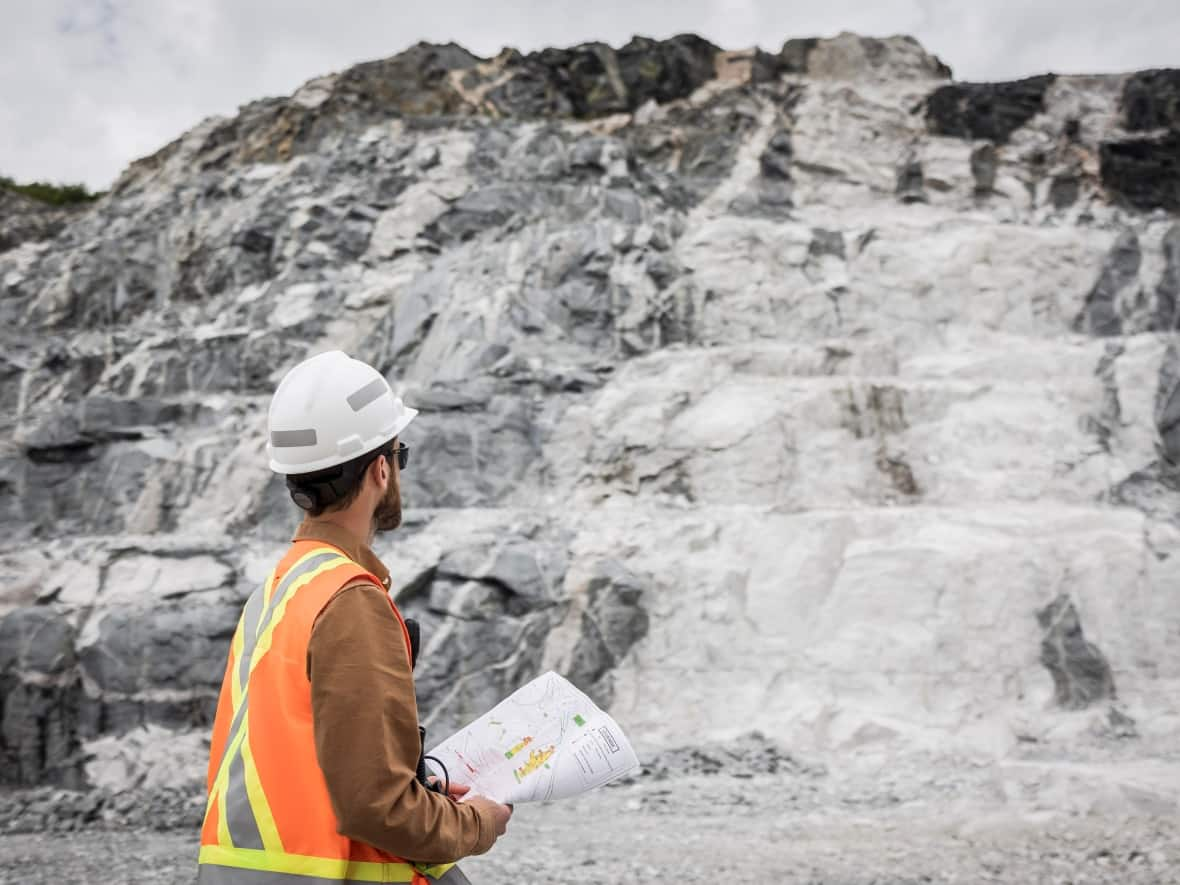
In an expansive open-air pit 550 kilometres northwest of Montreal, 100-tonne trucks criss-cross the climbing roads, preparing for the mine to open.
The chalk-white veins of those rocks have metals inside, including one of the most sought-after minerals in the world: lithium, a key component of electric car batteries.
When production restarts at the La Corne, Que., lithium mine early next year, it is set to be one of the only functional lithium concentrate mines in North America and position Quebec as a Canadian lithium leader.
Sayona Quebec, which purchased the mine in 2021, has already hired about 80 full-time workers, and the mayor of the neighbouring municipality, Amos, says there will surely be secondary economic benefits for residents.
"As a Quebecer, I'm proud," Sayona Quebec CEO Guy Laliberté said. "Knowing that this lithium (will have been) produced with green energy, hydropower … in some very severe and strict environmental regulations."
But others are more skeptical. In the past 10 years, the lithium mine has changed owners four times, has been responsible for serious and damaging spills, and filed for creditor protection twice — despite a $110-million investment from the provincial government.
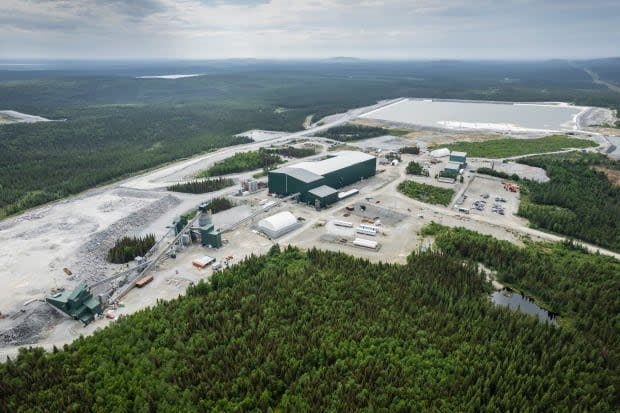
Meanwhile, environmental groups and members of the Long Point First Nation have spoken out about Sayona's other proposed lithium projects in the region, saying the projects could threaten the water, as well as the Anishinabeg way of life.
That's why some experts say that while extracting lithium is important, it shouldn't be thought of as a climate change magic bullet just because it powers the electric vehicle industry.
"There is a lot of harm associated with extraction, both for communities and for ecosystems," said Teresa Kramarz, a mining expert at the University of Toronto.
A hot resource next to Canada's most pristine water
Canada doesn't currently produce lithium, but has about 2.5 per cent of the world's known lithium deposits.
That's a blip on the radar compared to lithium powerhouse countries such as Bolivia, Australia, Chile, and Argentina, while China controls most of the world's processing capability. Still, Canadian lawmakers have signalled that they're keen to mine what they can.
As consumers shift from gas cars, demand for lithium has outstripped supply. One expert's analysis says we need to add at least 300 more mines globally to meet current demand.
"We have lithium in Quebec, and it's important to take advantage of it," Quebec Premier François Legault told reporters in September.
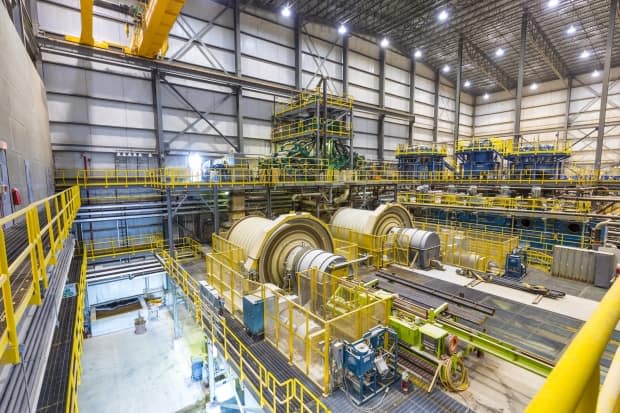
But Olivier Pitre, director of SÉSAT, a group that monitors groundwater in Quebec's Abitibi-Témiscamingue region, says mining activity in the region could have an effect on some of North America's purest water.
Abitibi-Témiscamingue is home to a 8,000-year-old ridge of stratified sand and gravel that naturally filters rain and snow. The result is water so pristine that the water company Eska is based in the region.
Pitre says by digging a large hole — the mine, or multiple mines — groundwater will be drawn to the bottom of the hole by gravity. That risks depressurizing the local water table, causing streams, lakes and rivers to dry up.
There's been growing skepticism in the community about the mine's operations, Pitre said.
"There's this general feeling that there's something very wrong, probably a couple of things very wrong with this mine," he said.
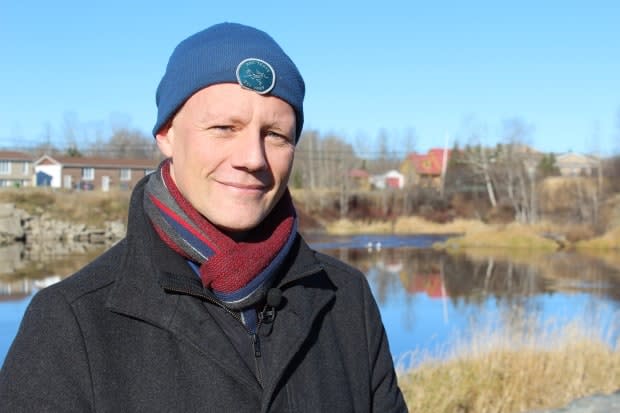
Past problems, future plans
When the La Corne site first passed its feasibility study to produce lithium in 2011, the local mayor said it was like "winning the lottery." But since then, the record has been rocky at best.
In 2014, the site was touted as being "on its way to being the fourth-largest lithium producer in the world," according to the head of the then-owner, Canada Lithium. The mine closed a little over a year later, filing for bankruptcy protection.
While the mine was operational under past ownership, media reported at least two major environmental contaminants. In the first, a rupture in a tank caused millions of litres of waste-water to spill. In a different incident, a pipe containing tailings burst, leaking nearly 500,000 litres of mining waste.
In 2016, a Chinese investment company purchased the mine. Two years later, Chinese battery giant CATL purchased it, but filed for creditor protection two years later.
Laliberté says he's aware of past problems, but says the mine has passed all of Quebec's environment regulations and they do regular tests to monitor their site.
He also has a plan to increase the mine's financial viability. In addition to benefiting from lithium's increased demand, he says they're investing considerable money — about $100 million — into refurbishing the equipment.
He also plans to boost revenues by creating a cluster of lithium mines in the region. Sayona's two other mining projects, called Authier and Tansim, are in earlier stages of development, but when they become functional mines, their ore will be transported dozens of kilometres to La Corne to be concentrated.
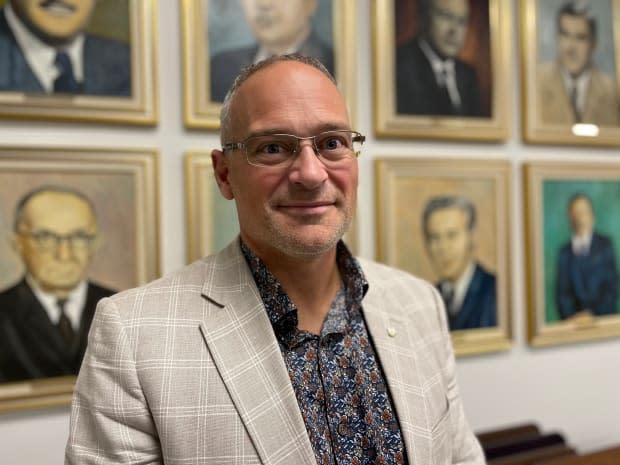
Sébastien D'Astous, the mayor of Amos, a town of 13,000 next to La Corne, says he wants to see the lithium that's extracted in Quebec be processed in Quebec as well. If all goes to Laliberté's plan, by 2025 the La Corne plant could be the first in North America to reach that critical step.
"We are the best place in the world to work with this type of mineral," D'Astous said. "The objective is to create a cluster of lithium here and make sure the economy will be built on this cluster."
No such refinery exists in Canada. For now, the lithium extracted from La Corne is set to be shipped overseas to be made into either lithium carbonate or hydroxide, and then it can be sold to manufacturers.
'Exploitation and development in our backyard'
Neither Tansim nor Authier are set to open anytime soon: Authier will need to go through environmental hearings next summer, and Tansim is still in an exploratory phase.
Former Anishinabeg chief Steeve Mathias said his community, Long Point First Nation, is especially concerned about the proposed Tansim project. It's near Lac Simard, which Mathias said is the heart of the community and the location of many traditional practices, including hunting, fishing, harvesting medicinal plants and healing ceremonies.
"People are not ready to support that kind of exploitation and development in our backyard," he said.
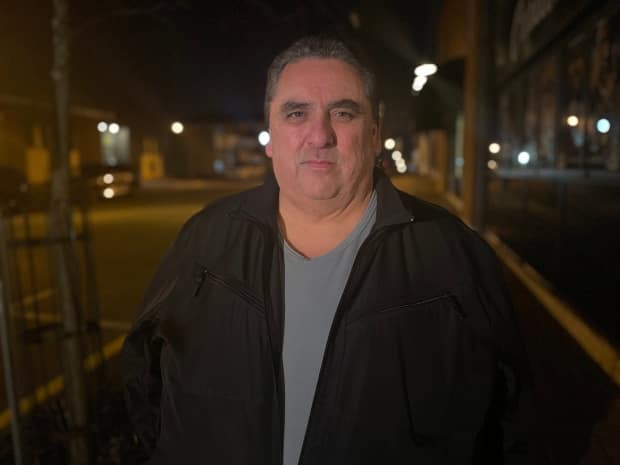
Long Point First Nation has requested funding from the province to do its own study of the potential environmental impacts of Sayona's activities. So far, Mathias says they've received no response.
Several kilometres outside of Val-d'Or — a town in the Abitibi-Témiscamingue region so mineral-rich, the name actually translates to "the golden valley" — Rodrigue Turgeon points to an empty field, but for some water and blue-grey sludge.
That sludge — mining tailings from an old gold mine — looks unnatural even in the browning decay of November.
Turgeon, a spokesperson for the group MiningWatch Canada, is calling on Canadians to see the tailings and understand that more lithium means more mines. He wants Canadians to question whether it's a good idea to replace extracting one resource — gasoline — with another resource — lithium.
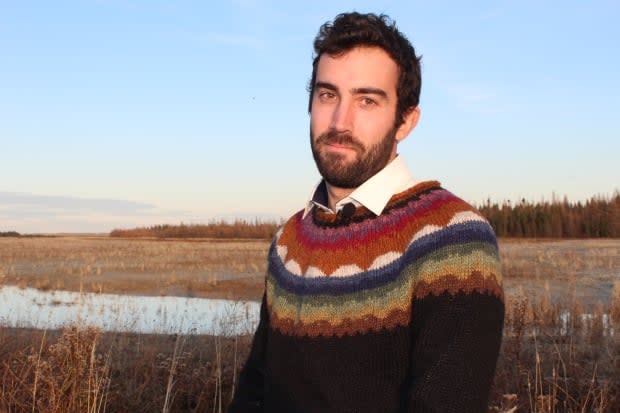
"It's important to acknowledge the extent of areas we've been polluting for centuries in Quebec's history to encourage this polluting industry that's only pursuing its own profit," he said.
Turgeon said citizens ought to resist the idea that lithium will save the environment, and instead change their consumption habits.
"It's a shift from one kind of pollution to another. We have to really start doing everything in our power to reduce our consumption rate," he said.
Teresa Kramarz, the University of Toronto mining expert, says that in addition to mining, there need to be serious conversations in Canada and abroad about more sustainable forms of transportation, including increased public transit.
"Everyone buying electric cars and everybody having a Tesla in their driveway, I don't think that's sustainable… it's neither just nor sustainable.
WATCH | Are electric vehicles really that green?


